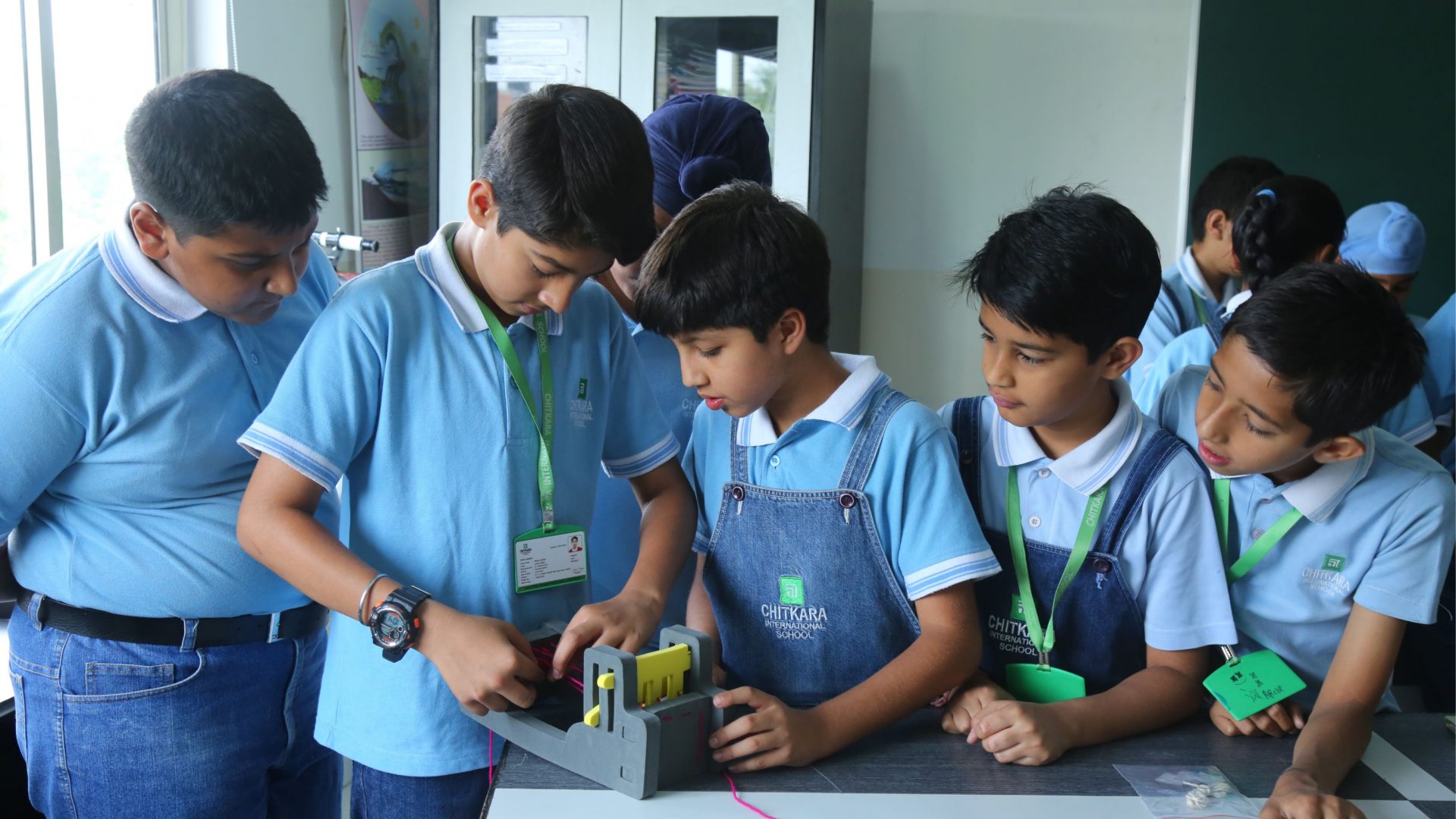Lecture method is perhaps one of the oldest and most used methods by teachers in the classroom. Sometimes, it is even one and only method used by the teachers in the classrooms.
But does lecturing engage all types of learners? What makes teachers more prone to use lecture methods than any other teaching method? Is lecturing bad?
Before dwelling into these questions, let’s first understand what does the lecture method mean?
Bligh, in “What’s the Use of Lectures?” claims that lectures represent a school of thought that believes that teachers who know give knowledge to students who do not know. This delegates students a passive role in the classroom where the teacher does most of the talking and students are passive listeners who are supposed to have nothing worth contributing.
Are students really blank slates or Tabula Rasa, as John Locke would like to call them, with nothing to contribute at all in their learning?
Although believing that children are blank slates who can be trained to do and become anything would make education a lot more easy as John Watson claimed. However, contrary to this, humans have hard-wired systems that interact with the environment and allow learning to happen.
Researches have shown that newborns already have deep intuitions about the physical world and react with shock when their experiences turn out to be false.
So, even if a child would enter a literature class without knowing about Jane Austen specifically in comparison to the teacher, s/he certainly knows what storytelling is, what the theme means, etc.
Hence, none of us are blank slates. We actively create knowledge from the moment we are born through our interaction with the environment.
One of the examples of this can be seen from the Japanese Language, the Japanese adult speakers can’t distinguish “r” and “l” sounds as Japanese combines the ‘r’ and ‘l’ units into one phonemic category. However, the Japanese infants can distinguish those sounds and lose the ability as the sensitive period passes [at approximately 12 months].
Therefore, children have some innate abilities and have a lot more to contribute to their learning than the lecture method assumes. Besides, it has been seen that students in classes with traditional lecturing were 1.5 times more likely to fail than were students in classes with active learning.
Moreover, it has been seen that conventional lectures do not promote critical thinking; lead to increase in student absenteeism and decrease cognitive engagement.
So, for students to actually learn, there is a need to actively engage students and decrease teacher talk time. However, it doesn’t mean to forgo lecturing all at once.
There are different types of learners in the classroom, some are visual, some are auditory, some are kinesthetic, and some learn better by reading and writing.
Therefore, it is essential for the teachers to not just lecture, but integrate active learning approaches like peer learning, activity based learning, etc. in their teaching methods.
Keeping such in mind EDUREFORM has compiled 22 pedagogical tools that can be used in the classrooms to help teachers and students collaboratively create knowledge.
By: Nidhi Waldia

Nidhi is currently working as the Innovation Manager in Savitribai Phule Pune University under the EDUREFORM Project. She likes to read and write about the topics related to Education, intersectionality and social justice.






Edureform Staff
Amazing article!
Islam Berkemajuan
Thank you for the outstanding information you’ve shared on this website. Your commitment to providing accurate and reliable information is greatly appreciated. It’s clear that a tremendous amount of effort has been invested in delivering accurate, insightful, and engaging information. The value it brings to readers like me is immeasurable, and I’m thankful for the dedication of the team behind it. Sankyu! ID : CMT-7O5CL5H22O8D2EI73Y